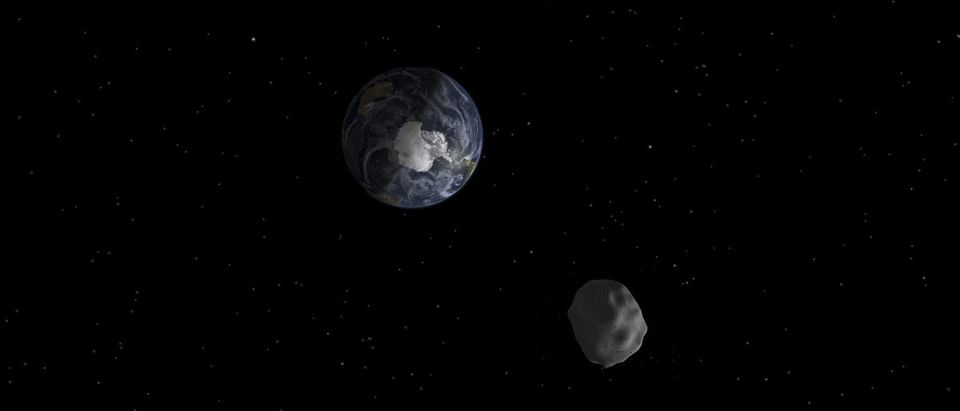Asteroids and comets that slammed into Mars four billion years ago likely created and environment conducive to life, according to a study published online Wednesday by the University of Colorado Boulder.
“This study shows the ancient bombardment of Mars by comets and asteroids would have been greatly beneficial to life there, if life was present,” Dr. Stephen Mojzsis, a professor in the university’s geological sciences department who co-authored the study, said in a press release. “But up to now we have no convincing evidence life ever existed there, so we don’t know if early Mars was a crucible of life or a haven for life.”
Some of the asteroids and comets that struck Mars were as large as West Virginia. Such massive impacts would have produced enough heat to melt subsurface ice and temporarily increase the planet’s atmospheric pressure, heating Mars up enough to “re-start” its dormant water cycle.
This could have produced regional hydrothermal systems on Mars similar to those which support the lives of chemically powered microbes, visible today in Yellowstone National Park. On Earth, erosion and plate tectonics have erased almost all of the geologic history from roughly four billion years ago.
The scientists created a massive 3-D model of Mars which tracked the temperature beneath millions of individual craters in computer simulations to assess heating and cooling, as well as the effects of impacts on Mars from different angles and velocities. They used an enormously power Janus supercomputer cluster for the study that took two weeks to run.
Asteroid impacts alone couldn’t keep Mars warm enough for a long period of time. The warm period in which life was possible on the Red Planet likely only lasted for a few million years before Mars defaulted to today’s cold and inhospitable conditions.
The study was published in the journal Earth and Planetary Science Letters, and conducted by Mojzsis and Oleg Abramov, a researcher at the U.S. Geological Survey. It was financially supported by the National Aeronautics and Space Administration and the John Templeton Foundation. Mojzsis also received an $800,000 general grant from the Foundation for Applied Molecular Evolution which supported some of the research.
Send tips to andrew@
All content created by the Daily Caller News Foundation, an independent and nonpartisan newswire service, is available without charge to any legitimate news publisher that can provide a large audience. All republished articles must include our logo, our reporter’s byline and their DCNF affiliation. For any questions about our guidelines or partnering with us, please contact licensing@dailycallernewsfoundation.org.


